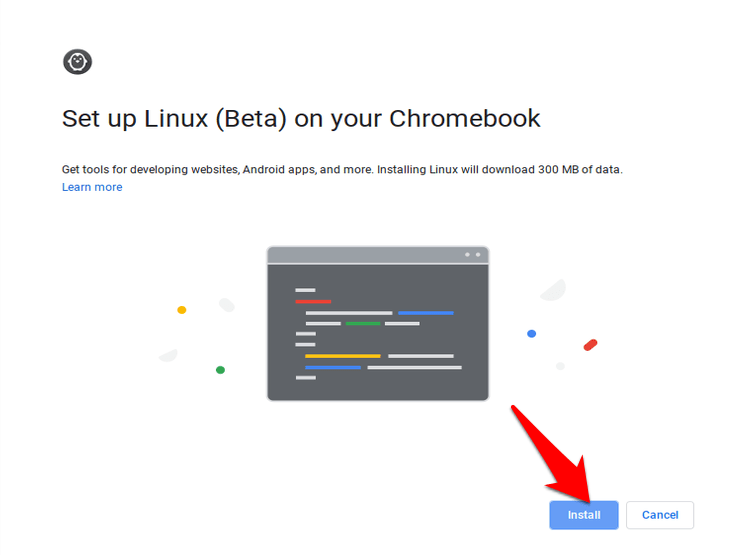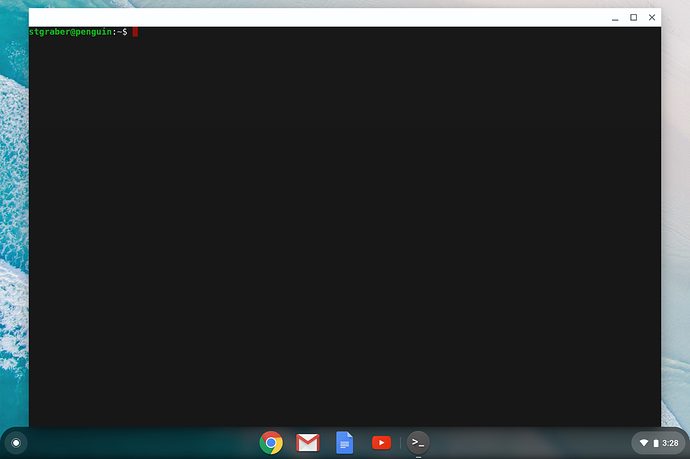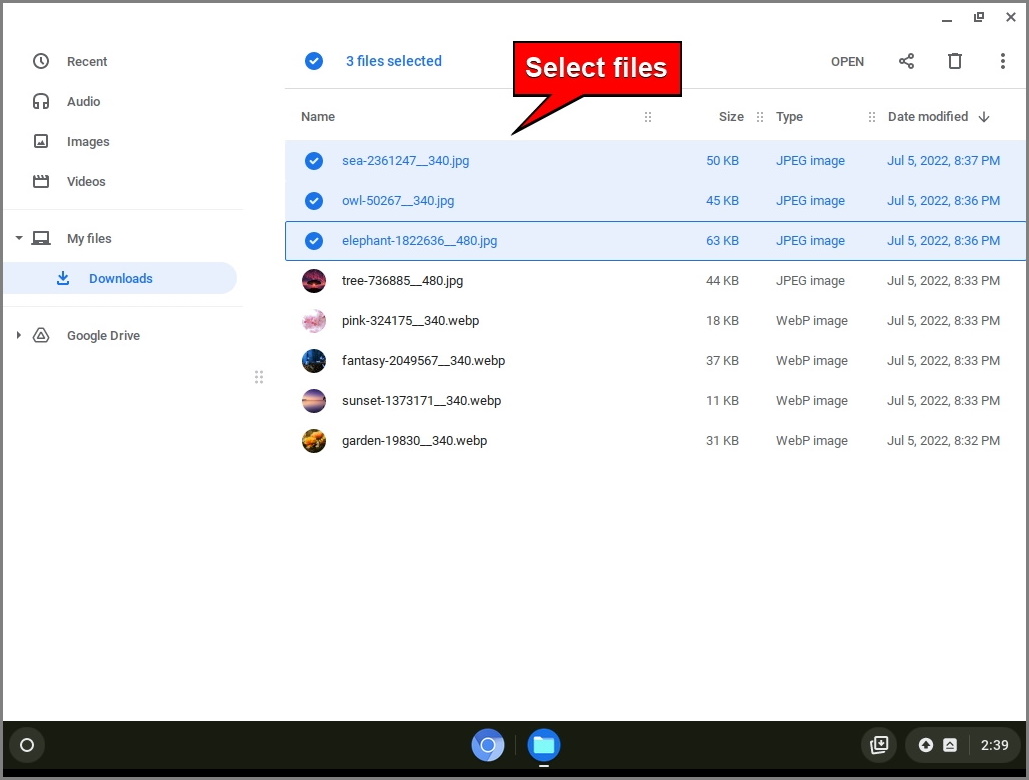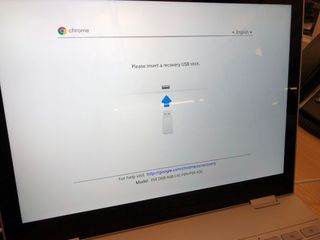

The number with the higher priority will boot first. This is the point where you need to mark either boot partition 1 or 2 to have higher priority. dd the Image and Mark the USB Drive Bootable :~$ dd if=kali-linux-chrome.img of=/dev/sdb conv=fsync bs=4M :~$ dd if=/tmp/newkern-usb of=$bootp2 conv=fsync # second boot partition for USB

Prepare the Boot Partition :~$ dd if=/tmp/newkern-sd of=$bootp1 conv=fsync # first boot partition for SD :~$ vbutil_kernel -pack /tmp/newkern-usb -keyblock /usr/share/vboot/devkeys/kernel.keyblock -version 1 -signprivate /usr/share/vboot/devkeys/ :~$ kernel_data_key.vbprivk -config=/tmp/config-usb -vmlinuz b -arch armĠ6. :~$ vbutil_kernel -pack /tmp/newkern-sd -keyblock /usr/share/vboot/devkeys/kernel.keyblock -version 1 -signprivate /usr/share/vboot/devkeys/ :~$ kernel_data_key.vbprivk -config=/tmp/config-sd -vmlinuz b -arch arm

:~$ echo "console=tty1 debug verbose root=/dev/sda3 rootwait rw rootfstype=ext4" > /tmp/config-usb

Patch the kernel, in our case, with wireless injection patches: :~$ mkdir -p. :~$ git clone -b chromeos-3.4 chromeosĭescription = "Chrome OS kernel image with one or more FDT blobs" ĭata = /incbin/("arch/arm/boot/exynos5250-snow.dtb") Once that’s done, proceed with the following instructions.įetch the Chromium kernel sources and place them in our development tree structure: :~$ mkdir -p ~/arm-stuff/kernel/ If you’re not using ARM hardware as the development environment, you will need to set up an ARM cross-compilation environment to build an ARM kernel and modules. Compile the Samsung Chromium Kernel and Modules :~$ gdisk kali-custom-chrome.img root/etc/nf :~$ parted kali-custom-chrome.img -script - mktable gpt Partition and Mount the Image File :~$ parted kali-custom-chrome.img -script - mklabel msdos :~$ dd if=/dev/zero of=kali-custom-chrome.img conv=fsync bs=4M count=7000Ġ3. Next, we create the physical image file that will hold our Chromebook rootfs and boot images: :~$ sudo apt install -y kpartx xz-utils gdisk uboot-mkimage u-boot-tools vboot-kernel-utils vboot-utils cgpt By the end of this process, you should have a populated rootfs directory in ~/arm-stuff/rootfs/kali-armhf. Start by building a Kali rootfs as described in our Kali documentation, using an armhf architecture. You’ll need to have root privileges to do this procedure, or the ability to escalate your privileges with the command “sudo su”.


 0 kommentar(er)
0 kommentar(er)
